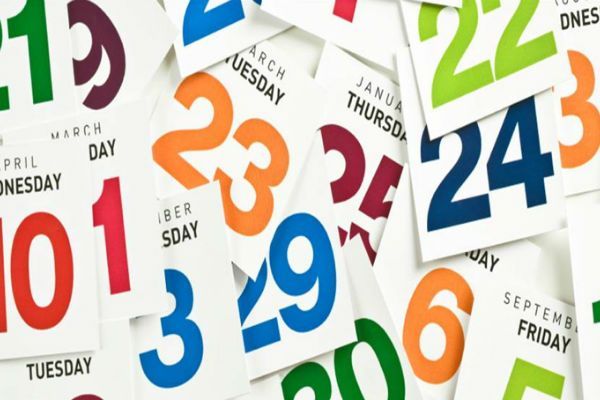Hi, I'm writing this post just to practice my sentence building in Spanish. And for you to gradually familiarize with conjugation and sentence constructioon in Spanish as well. I hope you learn something from this kind of posts! 😎
So the verb we're gonna conjugate and use in sentences today is the verb "ERIGIR".
1. to build (synonym: construir)
2. to establish (synonym: fundar)
***********************************
First, let's conjugate the verb in the present, past and future tenses of the Indicative Mood.
Present
Yo
|
erijo
|
Nosotr@s
|
erigimos
|
Tú
|
eriges
|
Vosotr@s
|
erigís
|
Él/ella
|
erige
|
Ellos/ellas
|
erigen
|
Usted
|
erige
|
Ustedes
|
erigen
|
| Past | |||
Yo
|
erigí
|
Nosotr@s
|
erigimos
|
Tú
|
erigiste
|
Vosotr@s
|
erigisteis
|
Él/ella
|
erigió
|
Ellos/ellas
|
erigieron
|
Usted
|
erigió
|
Ustedes
|
erigieron
|
| Future | |||
Yo
|
erigiré
|
Nosotr@s
|
erigiremos
|
Tú
|
erigirás
|
Vosotr@s
|
erigireis
|
Él/ella
|
erigirá
|
Ellos/ellas
|
erigirán
|
Usted
|
erigirá
|
Ustedes
|
erigirán
|
Then, let´s conjugate "erigir" in the present and imperfect/past tenses (both -RA and -SE forms) of the Subjunctive Mood.
Yo
|
erija
|
Nosotr@s
|
erijamos
|
Tú
|
erijas
|
Vosotr@s
|
erijáis
|
Él/ella
|
erija
|
Ellos/ellas
|
erijan
|
Usted
|
erija
|
Ustedes
|
erijan
|
Yo
|
erigiese
|
Nosotr@s
|
erigiésemos
|
Tú
|
erigieses
|
Vosotr@s
|
erigiéseis
|
Él/ella
|
erigiese
|
Ellos/ellas
|
erigiesen
|
Usted
|
erigiese
|
Ustedes
|
erigiesen
|
Yo
|
erigiera
|
Nosotr@s
|
erigiéramos
|
Tú
|
erigieras
|
Vosotr@s
|
erigiérais
|
Él/ella
|
erigiera
|
Ellos/ellas
|
erigieran
|
Usted
|
erigiera
|
Ustedes
|
erigieran
|
Its present participle(gerund) and the past participle are the following:
erigiendo
|
erigido
|
***************************
Now let's make some sentences containing the verb "ERIGIR".
Sense #1 TO BUILD/CONSTRUCT
Los albañiles erigen casas y otros edificios. --> Masons build houses and other buildings.
La Gran Pirámide de Guiza fue erigida en el siglo XXVI a. C. --> The Great Pyramid of Giza was built in the 26th century B.C.
Sense #2 of "erigir" TO ESTABLISH/FOUND
Esa empresa se erigió hace más de veinte años. --> That company was founded more that twenty years ago.
SO, THAT'S ALL FOR TODAY!! I hope this post has been educational for you! And I'd like to challenge you... On the comment below write down at least one sentence containing the word "ERIGIR"... OK? 😉
Buena suerte!! 🍀
Y hasta la próxima!! 👋







